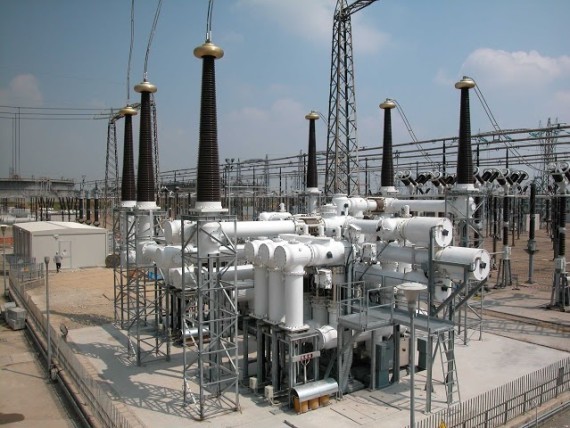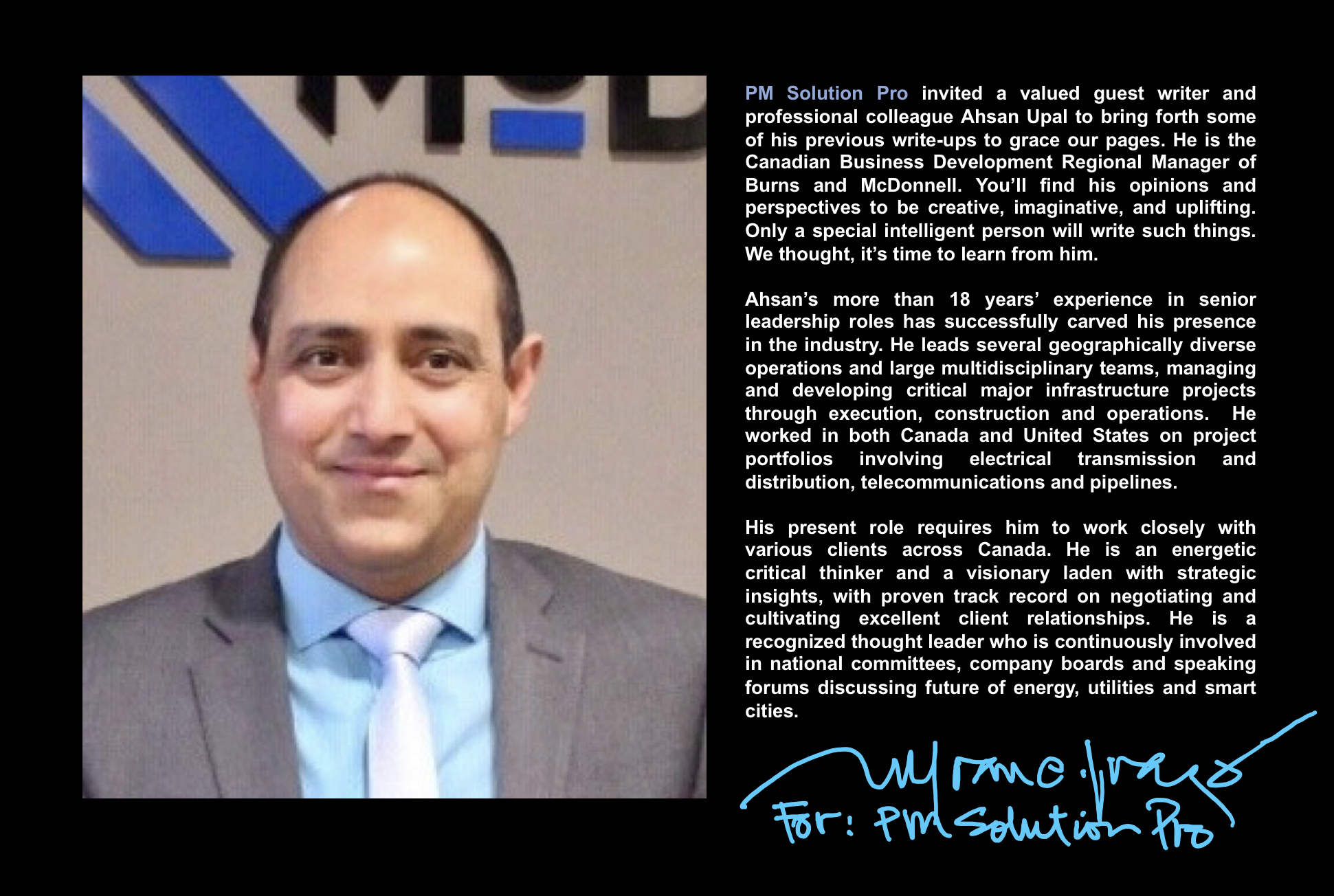Continuation of “Cost Reduction Strategies for Utilities Part 2 : Technology Adoption”
Make sure you read also “Cost Reduction Strategies for Utilities Part 1: Multi-purpose Use Assets”

Asset Life-cycle Considerations
Capital project designs need to consider assets full life-cycle costs to better understand the truer cost of environmental permitting and land acquisition, build, operations, maintenance and disposal to end up with assets that bring long-term value. For instance, there has been much research done in-terms of loading various assets to go beyond their design capacities into their safe-operating limits where you start to trade the remaining asset life for short-term or momentary loading such as during emergency situations or momentary peak demands. You can also extend life of existing assets by replacing only the components that have reached their limits. Some examples include:
- The power industry and our governments need to advocate more for the larger societal benefits of electricity infrastructure as an economic driver and enabler of our quality of life. Industry’s remiss in this area has led to wide-spread general opposition to many power projects resulting in enormously costly permitting delays that have added significantly to the cost of building power infrastructure projects.
- Current technologies of digital relays and fast telecommunication networks allow engineers to load lines above their design limits, closer to their thermal and electrical ampacity ratings, essentially getting more capacity from the same conductor than was previously not possible. Same is true with transformers where online transformer monitoring allows real-time monitoring of their loading allowing operators to momentarily load them higher without causing a damage.
- In some instances, the need for new transmission lines to bring additional capacity into an area can be avoided by using high thermal conductors that can operate at higher temperatures to provide twice the transfer capacity using the existing poles/towers and foundations at a much lower cost than what a new build would require and with a quicker regulatory permitting process.

Another area of optimization
Another area of optimization is the design standards. Some alternative designs may be more cost effective over life of the asset because of reduced footprint and maintenance and less equipment requiring disposal at end of life.
- The footprint of a Gas Insulated Substation (GIS) is a third of an Air Insulated Substation (AIS), it requires less maintenance and it has a lower failure rate.
- Air insulated buss in a substation takes up most of the footprint, is it possible to have the buss go vertical instead of horizontal so the substation footprint can be reduced. The cost savings are not just in smaller parcel of land that will need purchasing, but also in less ground grid, gravel and fencing costs.
- In certain situations, it may be more cost effective to use localized distributed generation or battery storage to handle transmission capacity constraints or momentary peak load situations instead of building new transmission in the area.
Some of these non-traditional solutions will cost more time and money in the short-term to develop them but once developed they will have their applications where they can save over a medium to long-term delivering a better value for our ratepayers. Perhaps, the leading utilities could even patent and sell their designs and services to implement these innovative solutions to other utilities for additional revenue stream.

